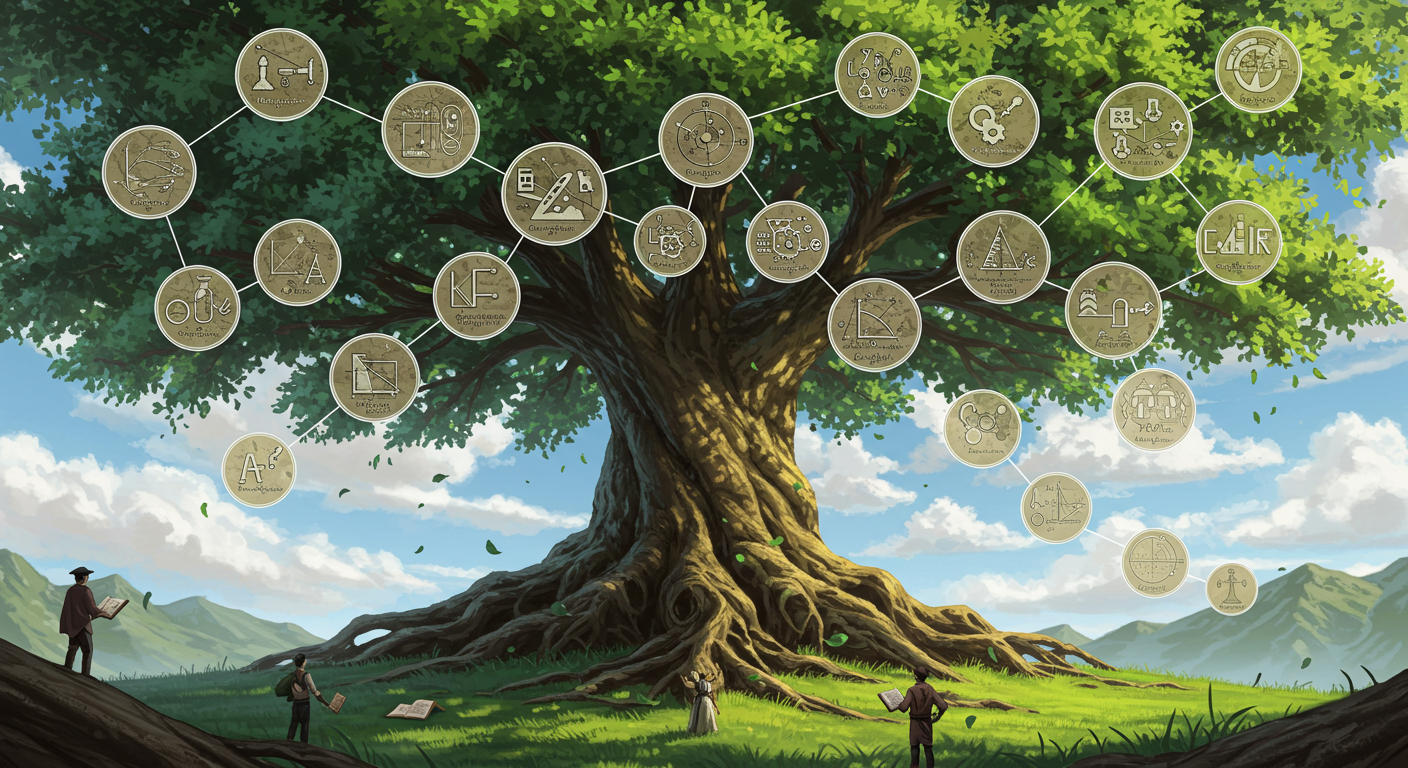When dealing with long, convoluted sentences and abstract ideas, translating or understanding the underlying meaning can be a challenging task. Complex sentences often contain a mix of metaphors, technical jargon, and figurative language, which requires a thoughtful approach. In this article, we will break down a particularly intricate English sentence and explore how to approach its translation or understanding in a clearer, more manageable way.
Breaking Down the Complex Sentence
Let’s start by analyzing the original sentence. It contains a mixture of descriptive adjectives, actions, and abstract ideas. The sentence includes various elements such as “the shattered creditors,” “capricious lender,” and references to “neuron and nerves of human.” Each part of the sentence presents its own challenge in terms of both grammar and meaning.
One approach to making sense of this is to break the sentence into smaller chunks, focusing on the key subjects and actions, such as the “creditors,” “lender,” and the actions they are performing. This allows for a more structured analysis of how to handle these elements in translation.
Dealing with Abstract and Complex Concepts
Words like “latent,” “ferocious,” “judicious,” and “assumption” represent abstract concepts, making it more difficult to translate them directly without losing their nuance. These words often require interpretation based on the context of the sentence.
For example, the word “latent” refers to something that is hidden or not yet developed, which is a common term in both science and philosophy. Translating such concepts requires understanding their context and finding the equivalent word or phrase that carries the same depth in the target language.
Handling Figurative Language and Metaphors
Sentences like this also contain metaphorical or figurative language, such as “his kiss is bigger than the earth like a mercury.” Metaphors often pose a challenge in translation, as they are deeply tied to cultural context and may not directly make sense in another language.
In the case of the “kiss bigger than the earth,” one approach could be to preserve the metaphor but adapt it in a way that resonates with the target language audience. This might involve using a different but equally exaggerated metaphor, such as “his kiss was as grand as the universe,” depending on the cultural context of the target language.
Maintaining Clarity and Structure in Translation
When translating or attempting to simplify such complex sentences, maintaining clarity is key. Breaking the sentence into its core components and translating those individually helps preserve the meaning without overwhelming the reader with too much information at once.
For instance, focusing on the main subject (the person or object performing the action) and the main action can help structure the sentence in a way that is easier to understand. This also allows the translator or reader to better appreciate the subtleties of the original sentence without losing the essence of the content.
Summary and Conclusion
Complex sentences with abstract concepts and figurative language can be difficult to understand or translate, but with careful analysis and structure, they can be broken down into manageable parts. Key strategies include identifying the main subjects and actions, interpreting abstract ideas within context, and adapting metaphors for clarity.
By applying these strategies, even the most complicated sentences can be made more accessible and meaningful, ensuring that the original message is conveyed accurately while maintaining its tone and depth.



コメント